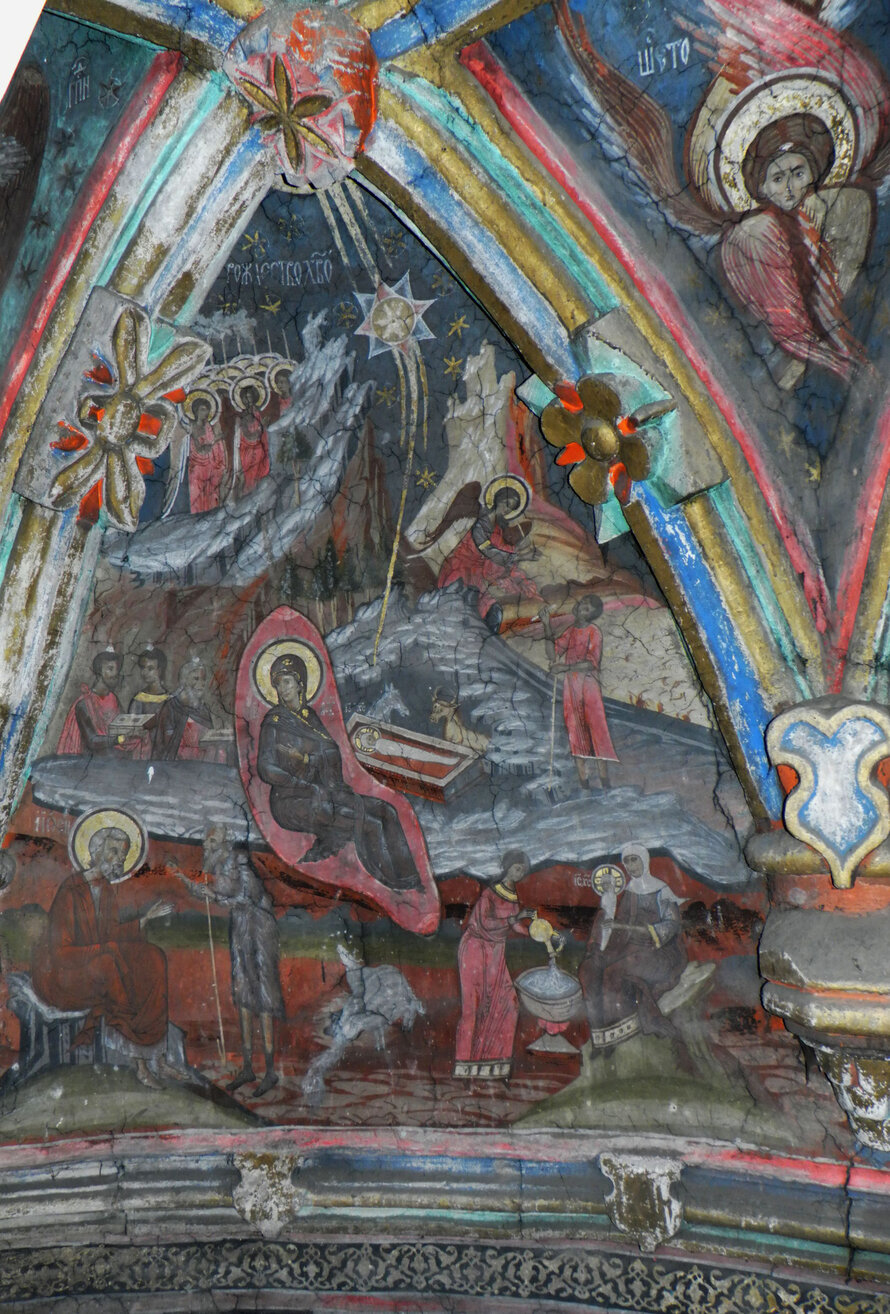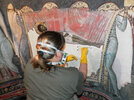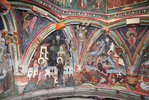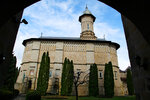Dragomirna Monastery frescoes, Suceava
Dragomirna monastery is a substantial, almost fortified, structure some 15km from Suceava in northern Romania. It is full of interest, but this project is confined specifically to the amazing early 17th century frescoes in the nave and chancel of the church. They portray scenes ...
Read more
Project details
| Title: | Dragomirna Monastery frescoes, Suceava |
|---|---|
| Entr. year: | 2014 |
| Result: | Grand Prix |
| Country: | Romania |
| Town: | Mitocu Dragomirnei commune, Suceava county |
| Category type: | works of art and collections |
| Notes: | -Mural paintings conservation -Public Choice Award |
| Building type/ Project type: | Religious building/memorial |
| Former use: | Orthodox monastery, church |
| Actual use: | Orthodox monastery for nuns, church |
| Built: | 17th century |
| Architect / Proj.leader: | Organisation S.C. Succes. srl |
| The Jury's citation: | "The Jury was deeply impressed with the high level of professionalism in the sophisticated restoration and conservation of this enormous artwork, covering some 900m2 of wall surface. The work was carried out in situ in a remarkably short period of time. The restorers have followed and respected techniques using natural and traditional, but also reversible, materials, while the patina and original 17th century 'mood' of these unique frescoes has been preserved." |
| GPS: | 47°45'36,9" N; 26°13'33,1" E |
| Web, Links: | www.manastireadragomirna.ro/ |
Description:
Dragomirna monastery is a substantial, almost fortified, structure some 15km from Suceava in northern Romania. It is full of interest, but this project is confined specifically to the amazing early 17th century frescoes in the nave and chancel of the church. They portray scenes from the life of Christ, saints, angels and a massive range of Christian iconography, all in wonderful colour, and in a style of remarkable vigour and energy. But the quality and visibility of the murals had become very seriously compromised over the 400 years of their existence, and the restoration project - part of a major restoration and conservation programme at the Monastery - had an uphill task. The conservation team comprised 50 professionals and students from various countries, under the leadership of a Romanian expert. A consequence of the work has been a considerable increase in the number of tourists and school groups visiting the site - understandably, because the meaning of these great frescoes is now more clear and visible than at any time since their first creation.
Similar projects
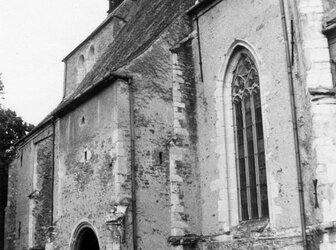
13th-14th century
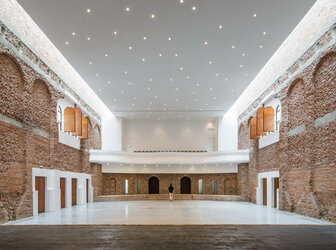
1930
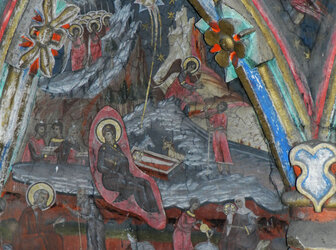
17th century

1757 - 1784
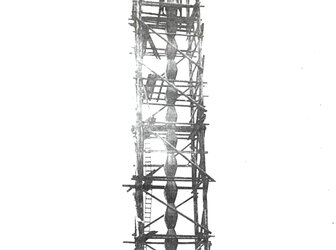
1937-1938
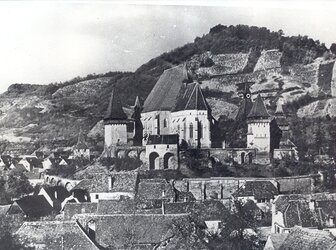
15th century
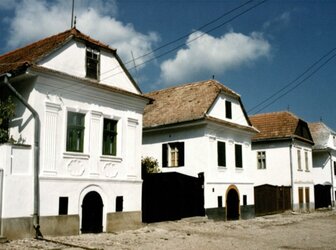
18th-19th century
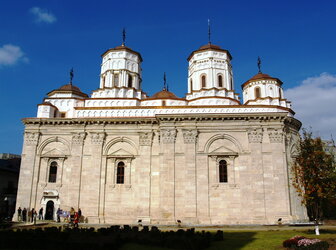
17th century

10th-11th century
